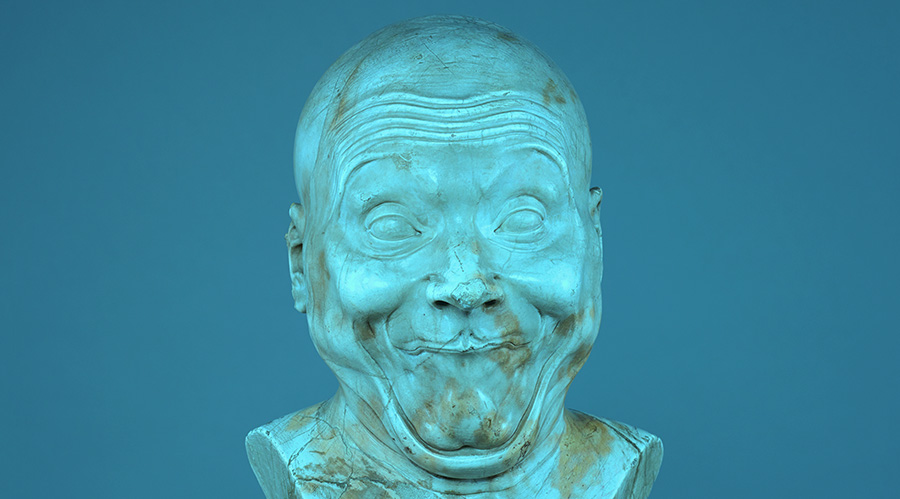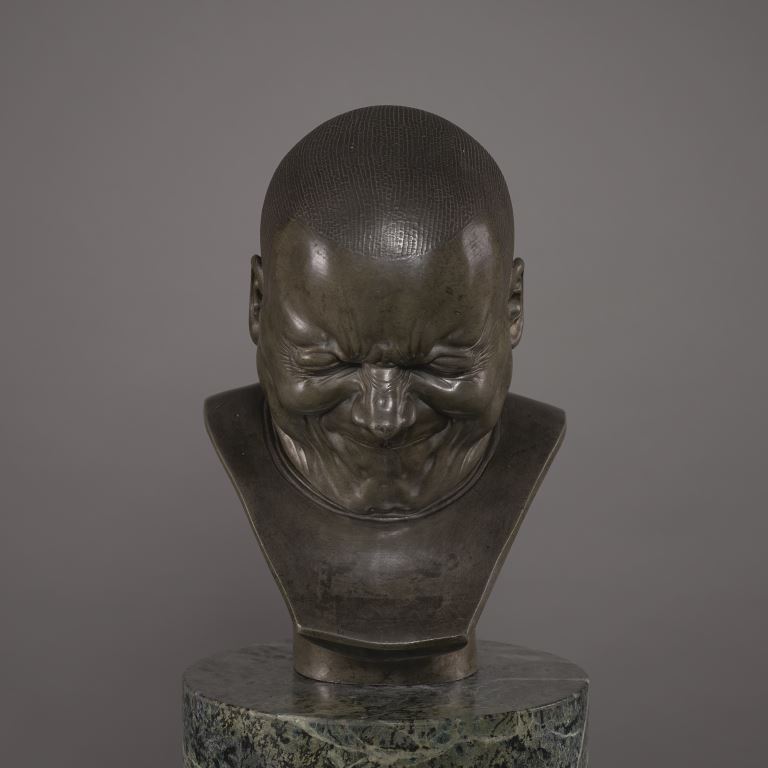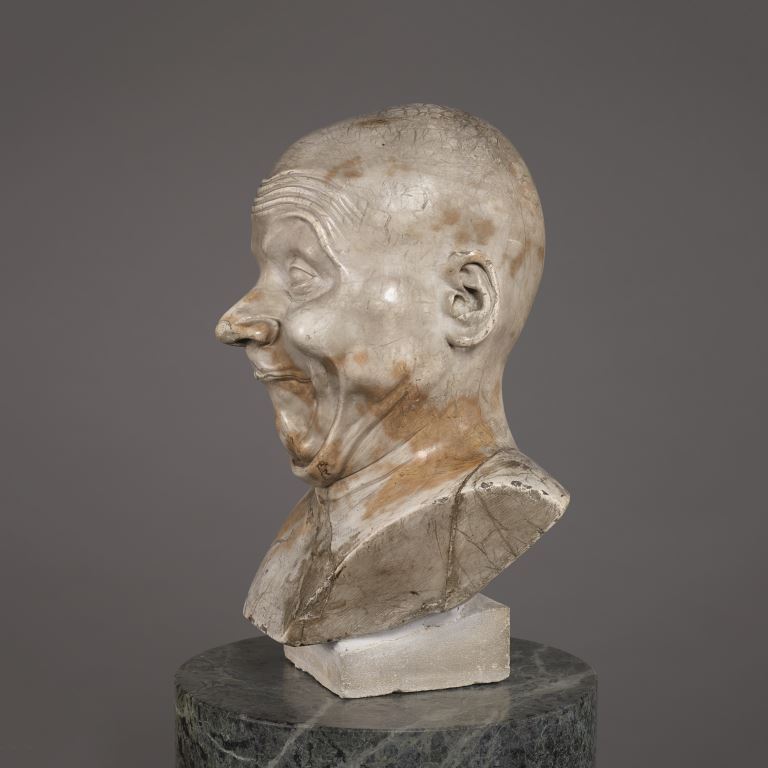
Franz Xaver Messerschmidt and his unique œuvre shine in the latest volume of the “Belvedere Werkverzeichnisse”, a series of catalogues raisonnés published with generous support from Dorotheum. The catalogue was recently published by Bibliothek der Provinz and presented at the Belvedere at the beginning of November.
By Christina Bachl-Hofmann und Georg Lechner
The work of Franz Xaver Messerschmidt holds a prominent place in 18th-century Central European art. Though mostly remembered for his so-called “character heads” (their often bizarre appearance makes them difficult to forget), Messerschmidt’s œuvre is often unjustly reduced to this group of works, the origin story of which is tangled in unfounded myths.
The “heads” – which remained in the artist’s possession until his death – are only one part of Messerschmidt’s remarkable output. The larger body of work begins rather magnificently with the busts of Emperor Francis I Stephen and Maria Theresa, which are currently housed at Belvedere. The likenesses of imperial family members represent an important part of Austrian art history in general.

Another one of Messerschmidt’s crucial patrons was the Princely Family of Liechtenstein. The later Maria Theresia Anna Felicitas Duchess di Savoia-Carignan commissioned a number of important artworks, and it is thanks to her initiative that we have the monumental Maria Immaculata and the Elisha fountain of the Savoysches Damenstift (Savoy Foundation for Noble Ladies). The artist also produced portraits of important contemporaries, including the historian Martin Georg Kovachich, writer and art theorist Franz Christoph von Scheyb and the physician Gerard van Swieten.
Now, this fall, a comprehensive listing of Franz Xaver Messerschmidt’s works appeared as Volume 6 in the “Belvedere Werkverzeichnisse” series of catalogues raisonnés. Its author Maria Pötzl-Malikova, a noted specialist in Baroque sculpture, devoted her dissertation to Franz Xaver Messerschmidt and published a monograph on the artist in 1982.

The Belvedere views the scholarly documentation of Austrian artists’ œuvres as one of its most important research projects. Thanks to generous financial support from Dorotheum, the Institut für die Erstellung von Werkverzeichnissen (Institute for the Creation of Catalogues Raisonnés) at the Belvedere has worked closely with experts to develop catalogues raisonnés for a number of renowned artists.
Christina Bachl-Hofmann directs the Research Center at the Österreichische Galerie Belvedere, Vienna. Georg Lechner is a curator of Baroque art at the Österreichische Galerie Belvedere, Vienna.
(myART MAGAZINE No. 04/2014)













